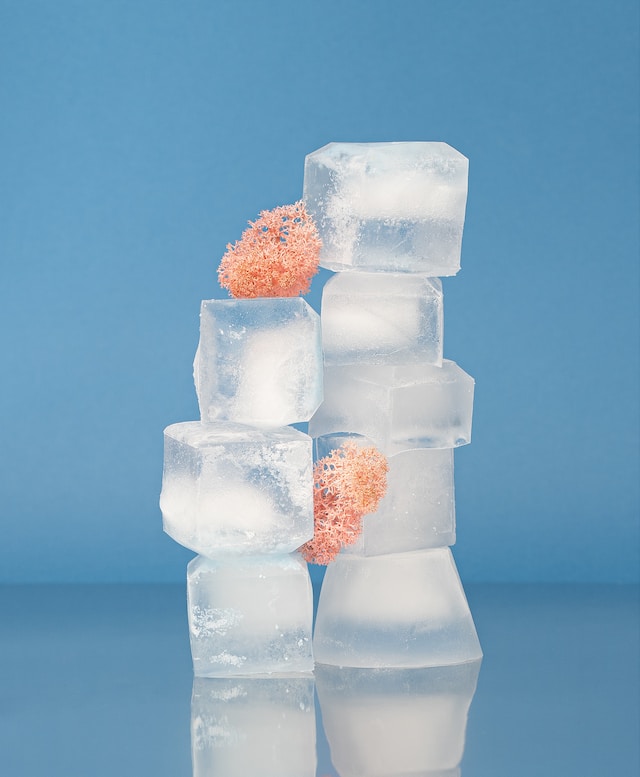Skin icing is a simple yet effective skincare technique that involves applying ice or ice-cold products to the skin. The cold temperature offers numerous benefits for the skin, making it a popular practice in skincare routines. Here’s an ultimate guide to skin icing and how it can benefit your skin:
1. Reduces inflammation and puffiness: One of the primary benefits of skin icing is its ability to reduce inflammation and puffiness. The cold temperature helps constrict blood vessels, reducing swelling and redness associated with acne, allergies, or other skin conditions.
2. Soothes and calms the skin: Skin icing can provide a cooling and soothing effect, especially for irritated or sensitive skin. It helps alleviate discomfort, itching, and stinging sensations, providing relief to inflamed or sunburned skin.
3. Shrinks pores: The cold temperature causes the skin’s pores to constrict temporarily. This can give the appearance of smaller pores and a smoother complexion. Regular skin icing can help prevent the accumulation of dirt and oil in the pores, reducing the likelihood of breakouts.
4. Improves blood circulation: When you apply cold to the skin, it causes vasoconstriction (narrowing of blood vessels) followed by vasodilation (expansion of blood vessels). This cycle of constriction and dilation can enhance blood circulation, which promotes a healthy complexion and a natural glow.
5. Enhances product absorption: Prior to applying skincare products, you can use skin icing to prep the skin. The cold temperature tightens the skin, creating a temporary barrier that prevents excessive product absorption. Once the icing is removed, the skin readily absorbs the subsequent products, allowing them to penetrate more effectively.
6. Helps with oil control: Skin icing can be beneficial for those with oily or acne-prone skin. The cold temperature helps regulate sebum production and reduces excess oiliness, keeping the skin balanced and less prone to breakouts.
7. Provides a refreshing and rejuvenating experience: Skin icing is invigorating and refreshing, providing an instant wake-up effect for the skin. It can help revitalize tired or dull-looking skin, giving it a revitalized and more youthful appearance.
Here’s how to do skin icing:
1. Cleanse your face: Start with a clean face to remove any dirt, makeup, or impurities. Use a gentle cleanser appropriate for your skin type.
2. Prep the ice: You can use ice cubes directly or freeze a bowl of water to create a larger ice block. Alternatively, you can use ice-cold water or chilled skincare products like toners or mists.
3. Protect your skin: Before applying the ice, wrap it in a soft cloth or plastic wrap to create a barrier between the ice and your skin. This helps prevent direct contact and potential ice burn.
4. Ice massage: Gently massage the ice or cold product onto your skin using circular motions. Start from the center of your face and move outwards. Focus on areas of concern, such as puffiness or inflammation.
5. Be mindful of time: Limit the icing session to 1-2 minutes for sensitive skin and up to 5 minutes for normal skin. Avoid icing for extended periods as it can lead to numbness or discomfort.
6. Follow up with skincare routine: After skin icing, proceed with your regular skincare routine. Apply any toners, serums, moisturizers, or sunscreens as needed.
7. Frequency: You can incorporate skin icing into your skincare routine 1-3 times per week or as needed, depending on your skin’s tolerance and specific concerns.
Remember, skin icing may not be suitable for everyone, especially those with certain skin conditions or sensitivities. If you experience any adverse reactions or discomfort, discontinue the practice and consult a dermatologist.




